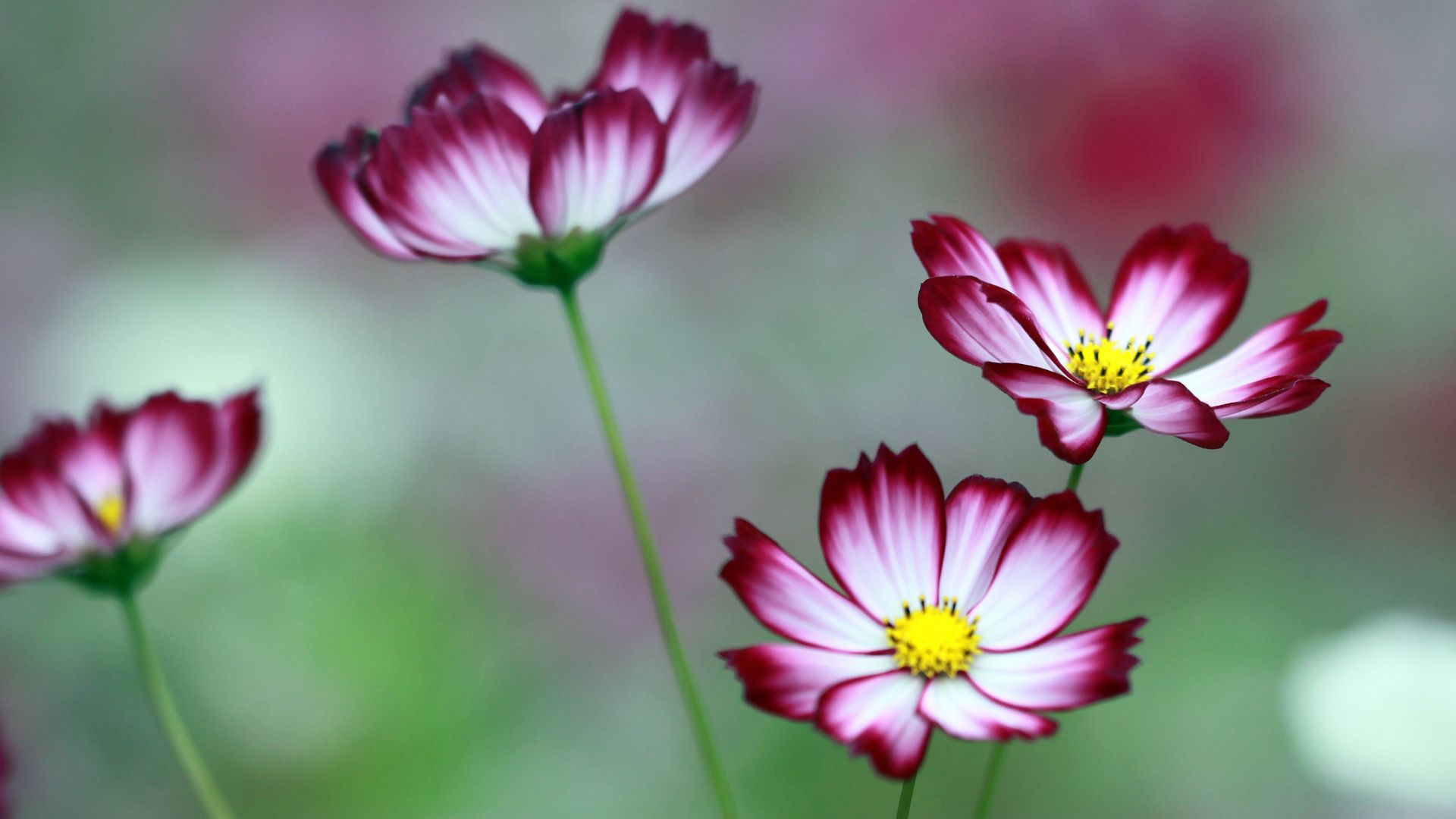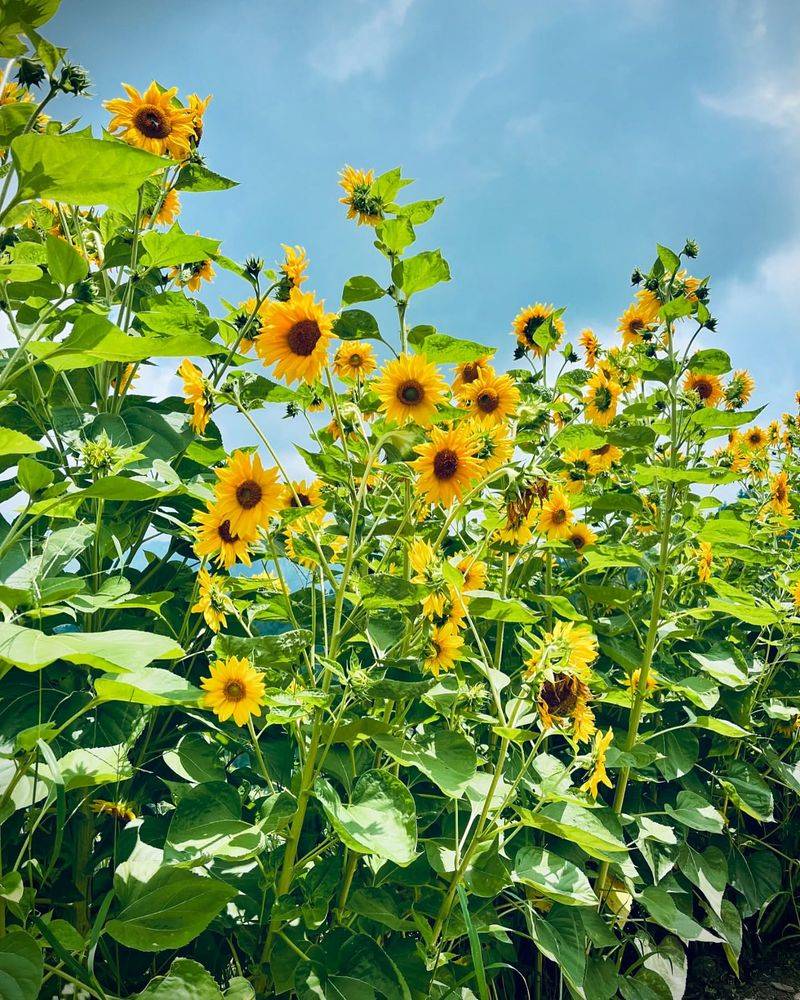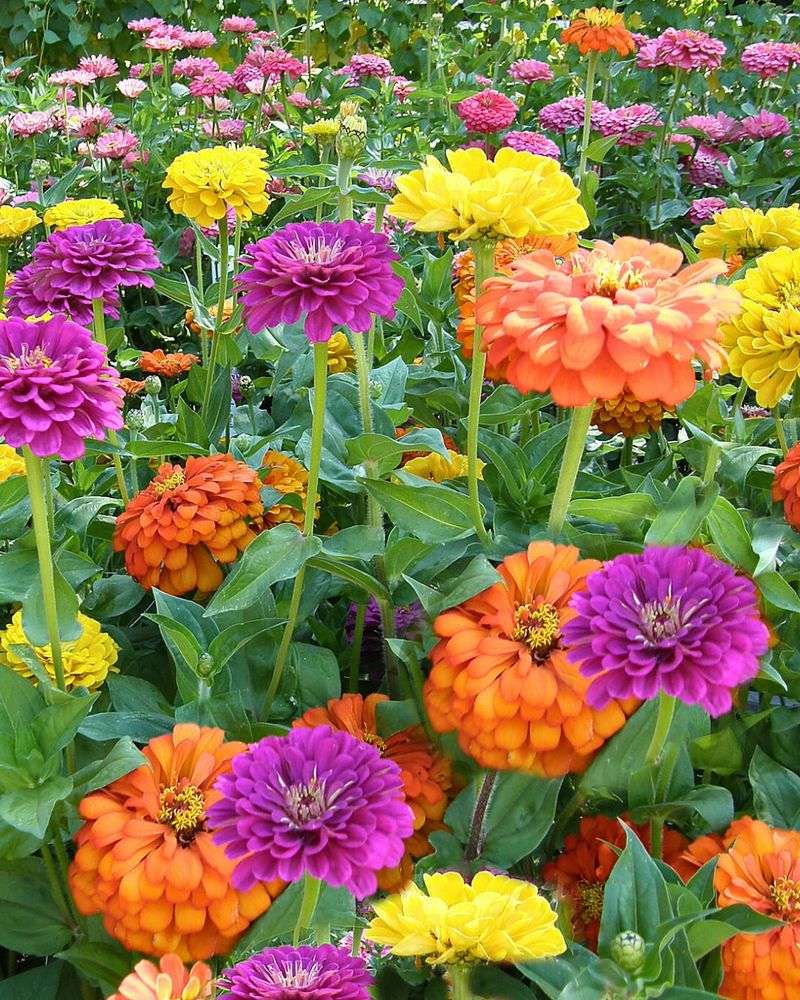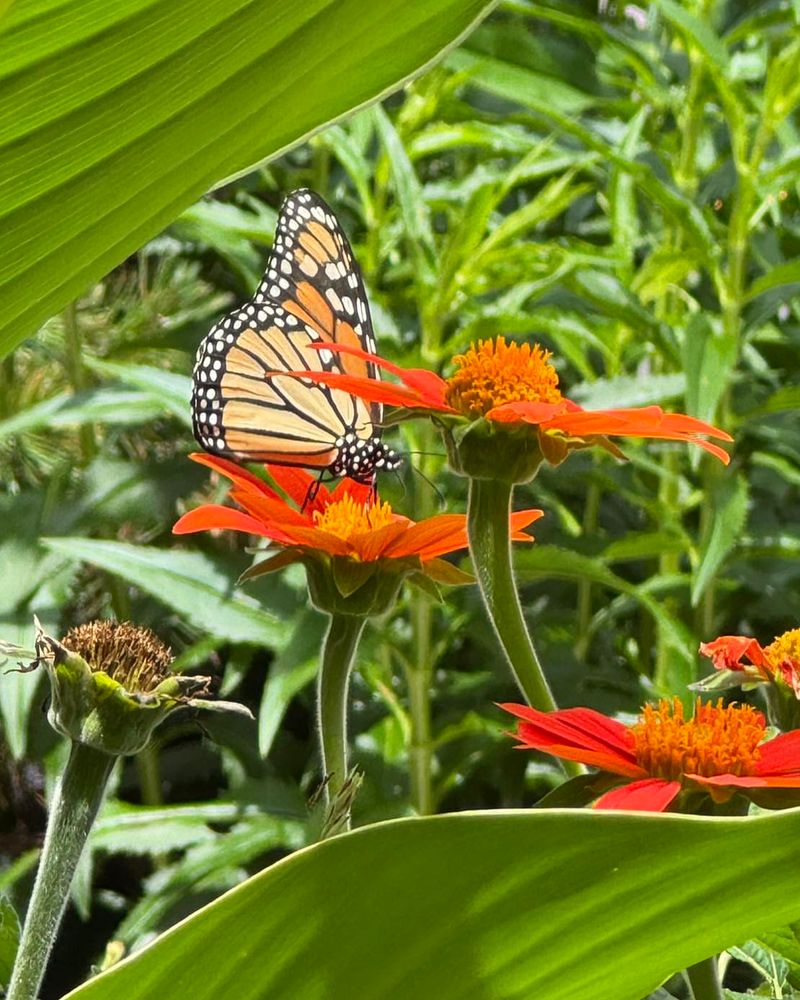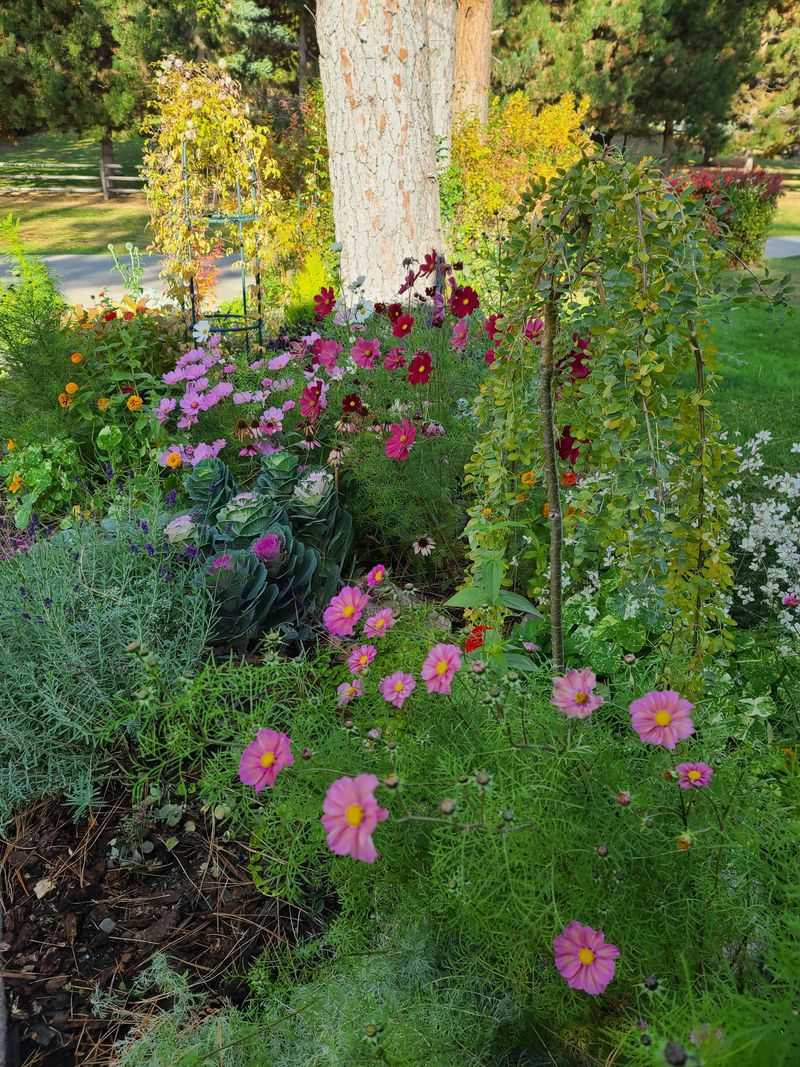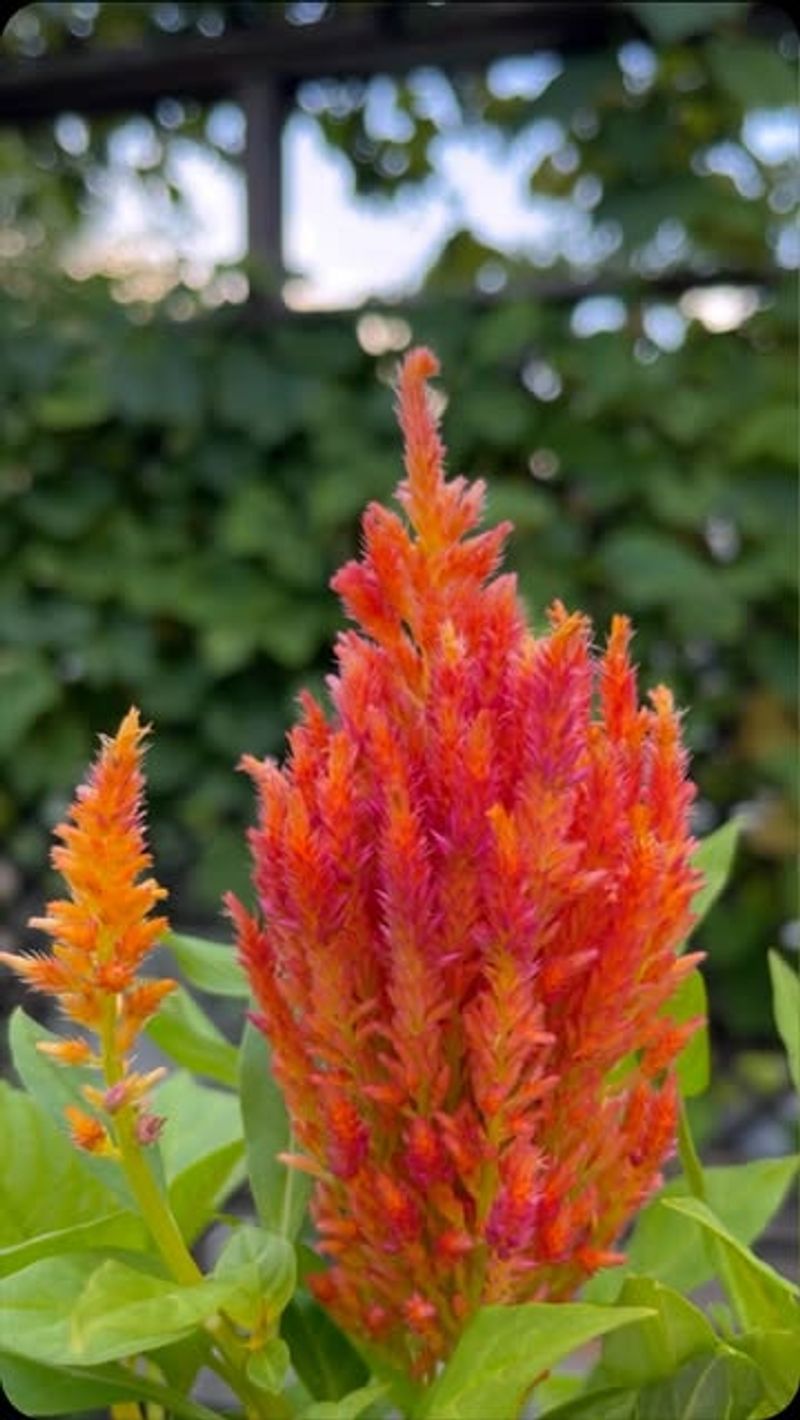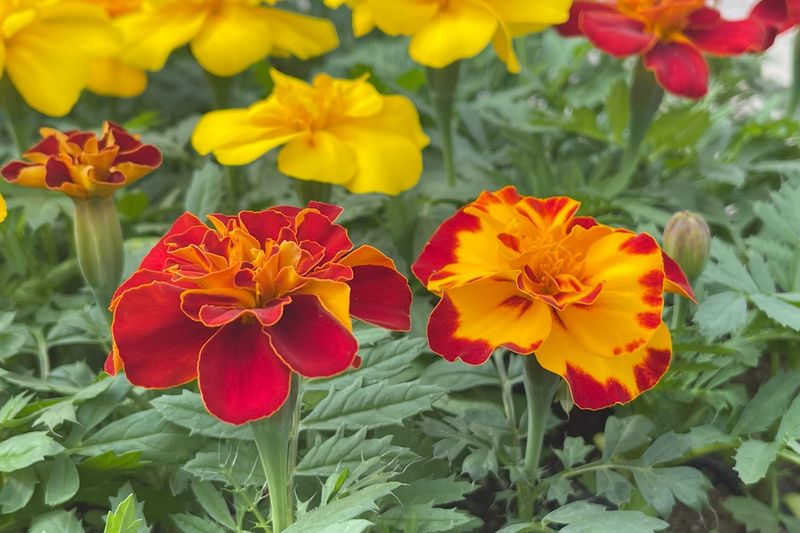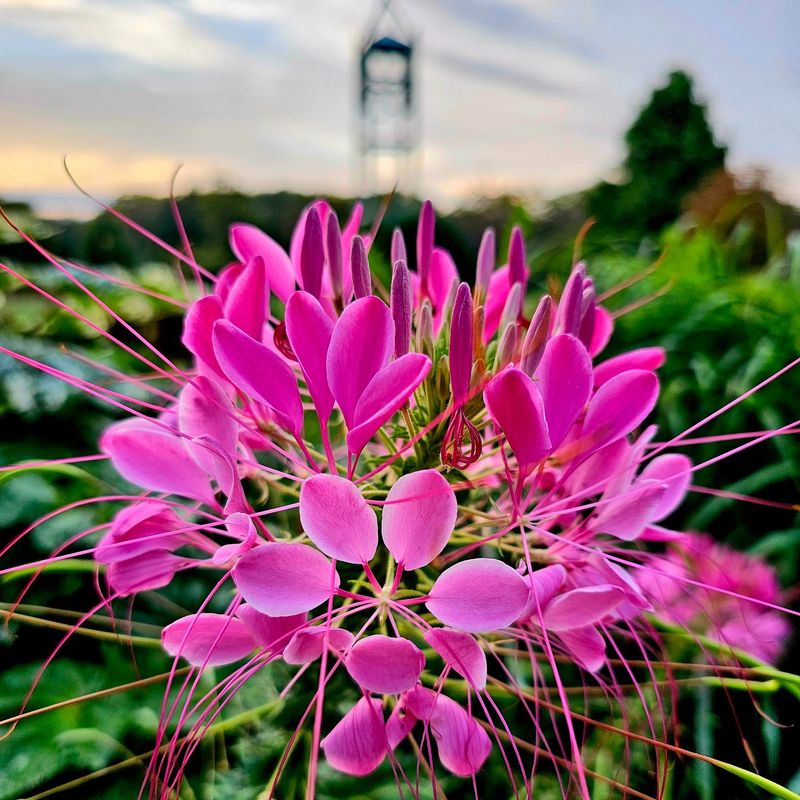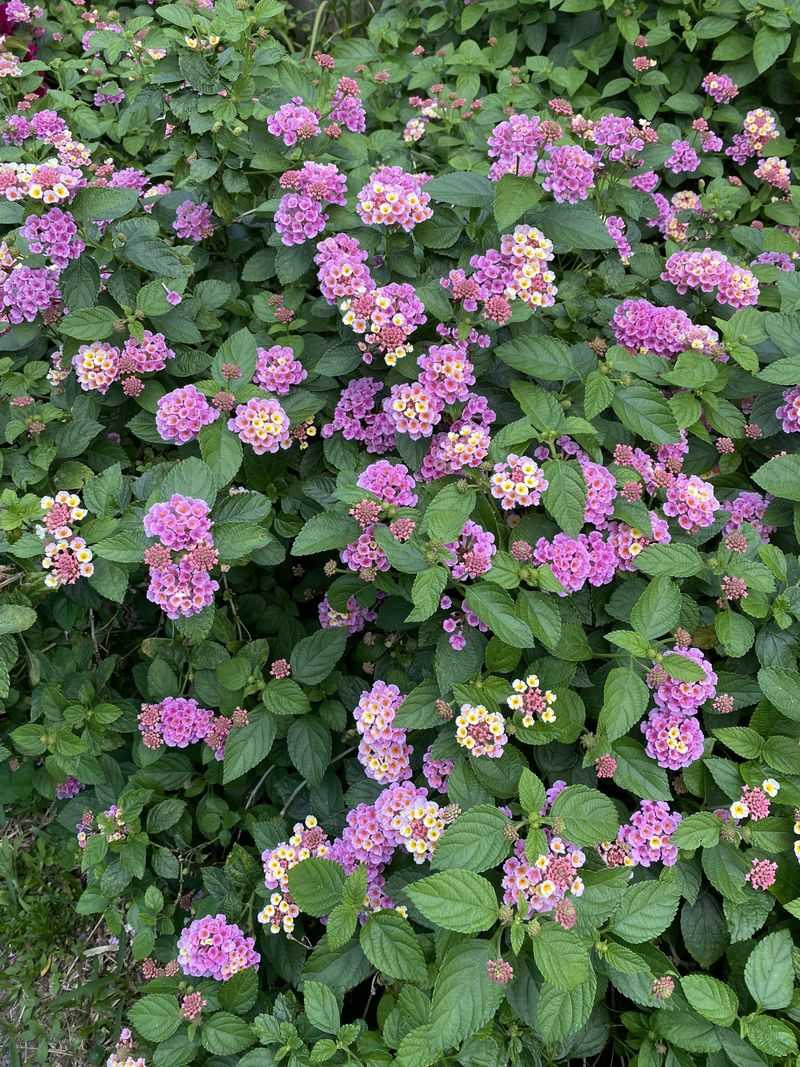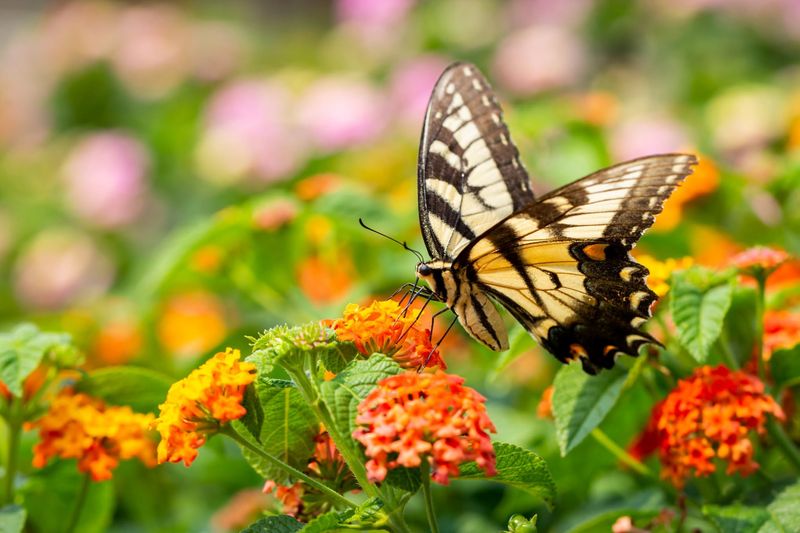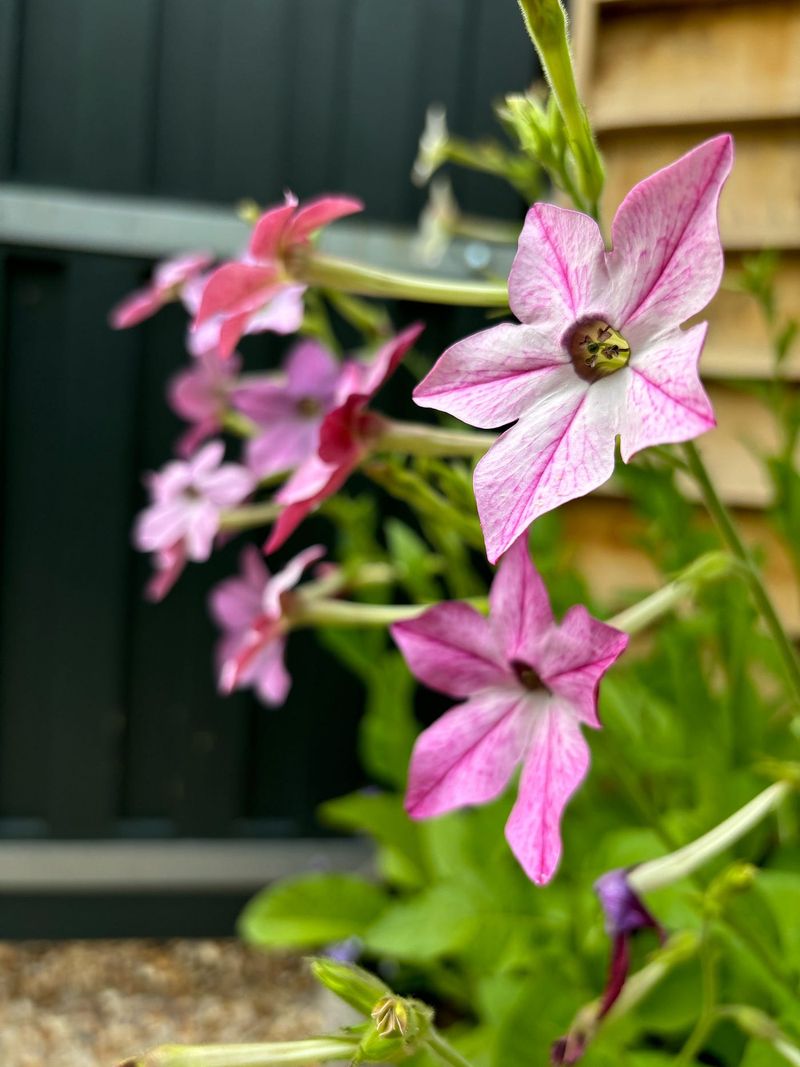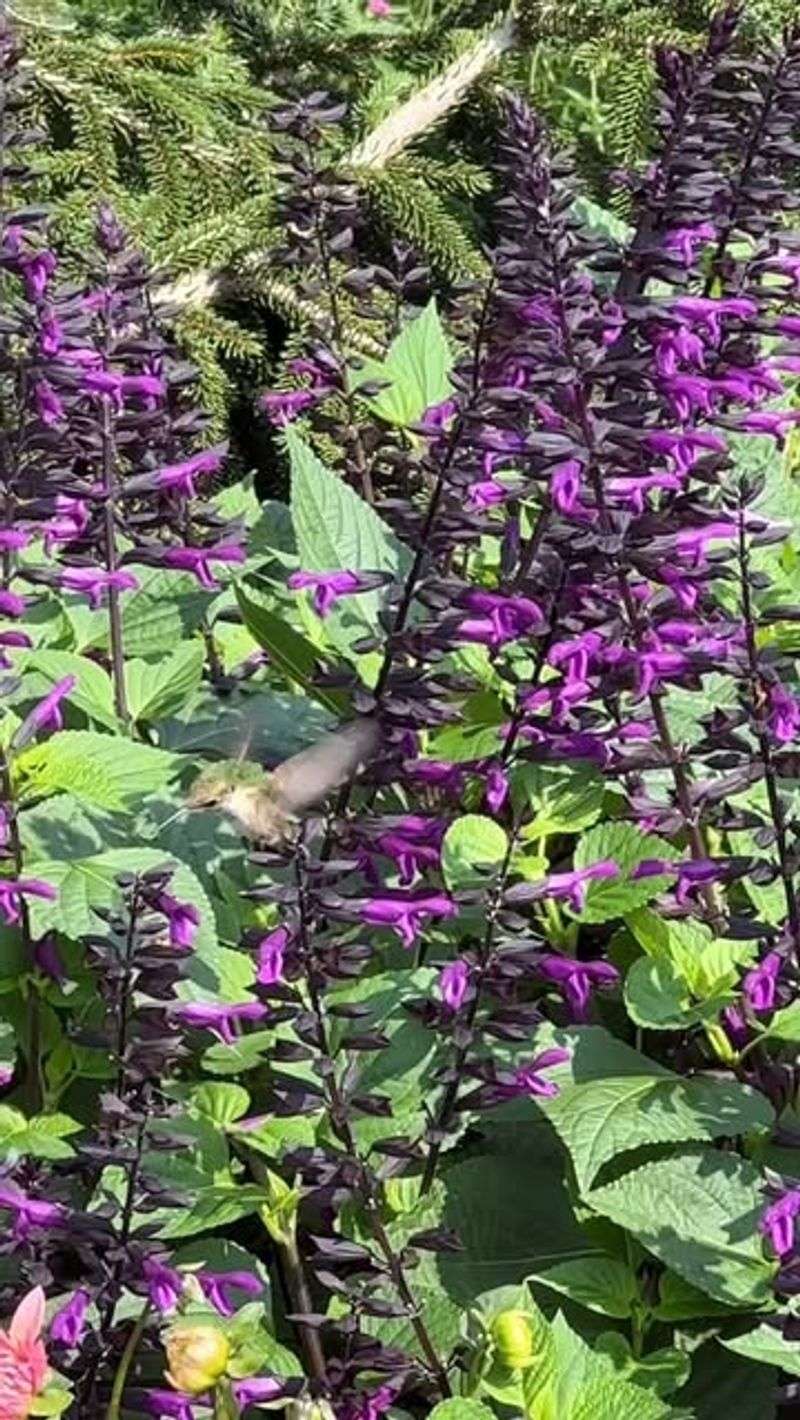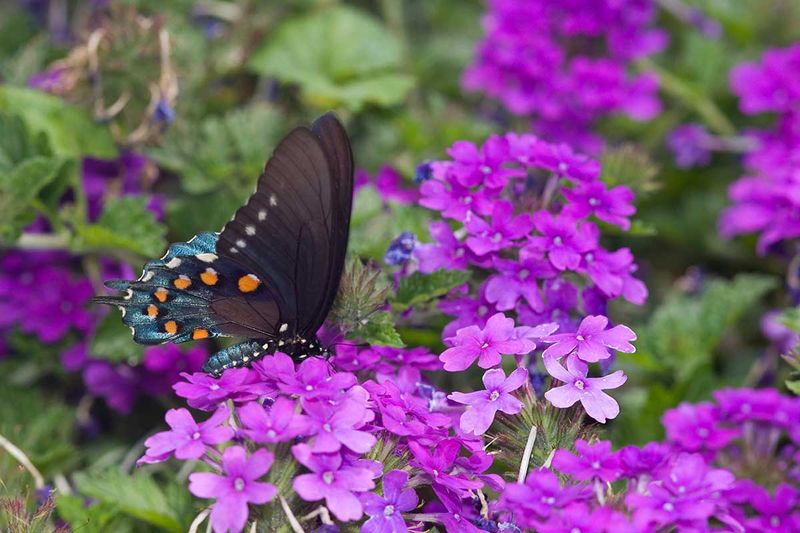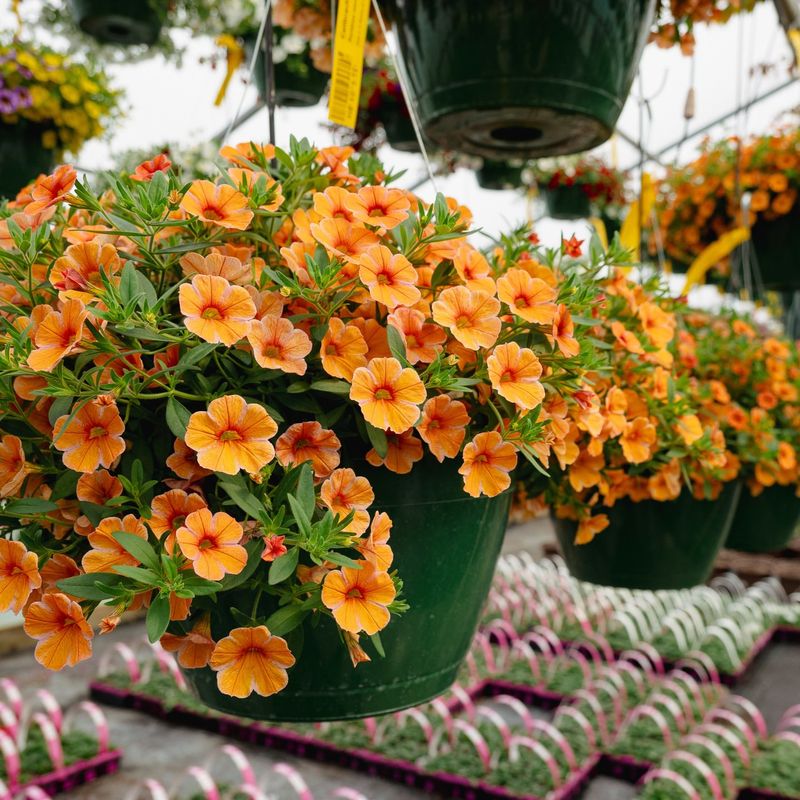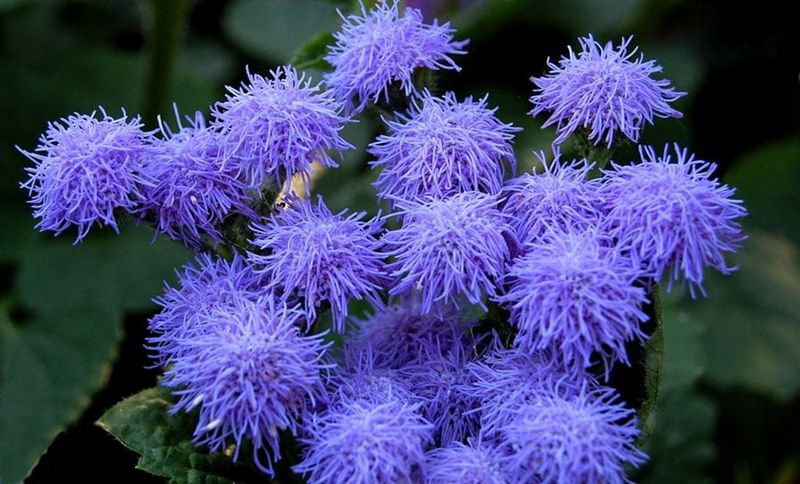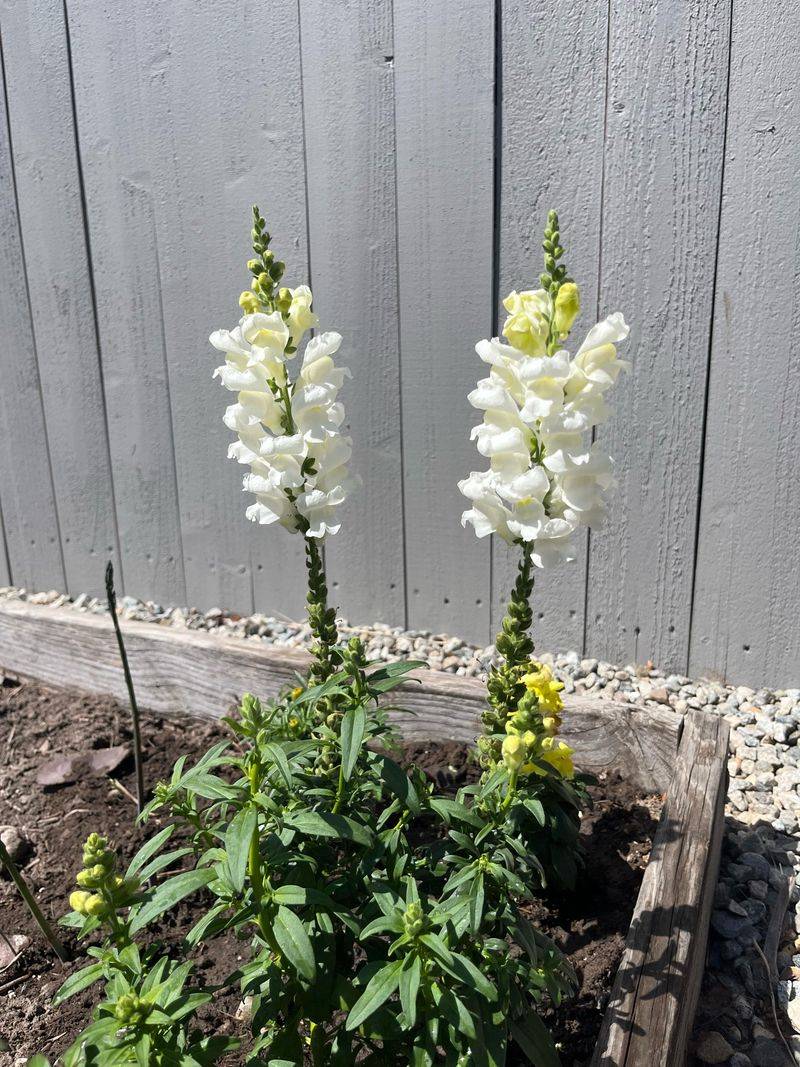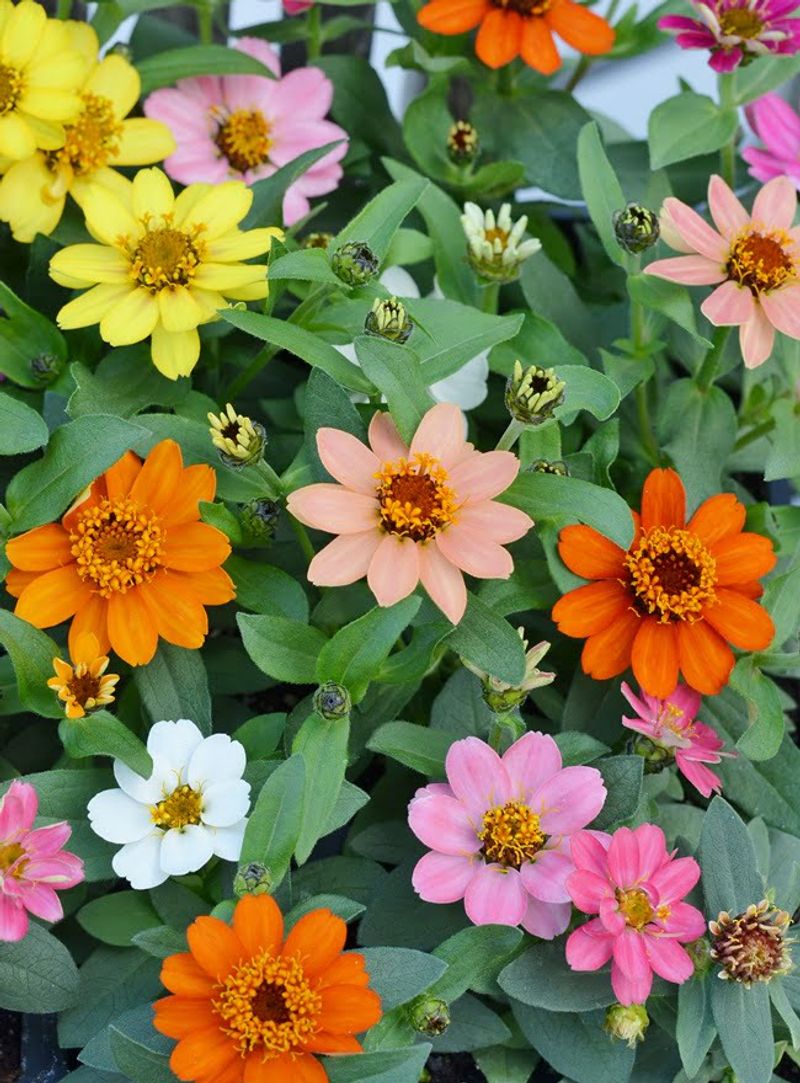When August rolls around, many gardens start to lose their sparkle as spring and early summer bloomers fade away. But there’s no reason your yard can’t continue to shine until the first frost. Annual flowers are perfect for this transitional time because many varieties actually hit their peak during the late summer months.
I’ve found that strategic planting of certain annuals can transform a tired garden into a colorful paradise just when your neighbors’ yards are beginning to look spent. With minimal effort, these quick-growing plants deliver maximum impact when the garden needs it most.
For me, these end-of-summer bloomers are garden superheroes, swooping in with their fresh colors when everything else is winding down. The following flowers have proven themselves reliable performers that keep the show going until autumn truly arrives.
1. Sunflowers
Standing tall against the late summer sky, these iconic flowers bring instant cheer to any garden space. Their golden faces follow the sun throughout the day, creating a dynamic display that changes from morning to evening.
Growing anywhere from 2 to 10 feet tall depending on the variety, sunflowers are remarkably easy to grow from seed. Plant them in stages for continuous blooms, and you’ll enjoy their sunny disposition well into fall.
2. Zinnias
Heat-loving and drought-tolerant, zinnias truly hit their stride when other flowers are fading. Available in nearly every color except blue, these daisy-like blooms attract butterflies while providing endless cutting opportunities for indoor arrangements.
My favorite approach is planting a mix of zinnia varieties for a wildflower meadow effect. The more you cut, the more they bloom, making them perfect for gardeners who enjoy bringing the garden indoors.
3. Mexican Sunflower (Tithonia)
Few plants can match the fiery orange-red glow of Mexican sunflower when August heat bears down. Unlike its larger cousin, this sunflower relative branches freely, creating a bushy plant covered in 3-inch blooms that monarchs and other butterflies can’t resist.
Mexican sunflower thrives in poor soil and actually performs better without fertilizer. The velvety leaves add textural interest while the flowers keep producing until frost silences the garden.
4. Cosmos
Airy and graceful, cosmos dance above ferny foliage, creating movement even on still summer days. Their daisy-like flowers in shades of pink, white, and crimson seem to float against the sky, requiring almost no care once established.
Late-planted cosmos often perform better than spring-sown ones. The cooler nights of late summer intensify their colors while encouraging more branching and flowering. A single packet of seeds can fill a large area with these easy-care beauties.
5. Celosia
Resembling flames, plumes, or coral reefs depending on the variety, celosia brings architectural interest and rich color when gardens need it most. The velvety flower heads in shades of red, orange, yellow, and purple maintain their color even as they dry on the plant.
Heat only makes celosia happier, encouraging more blooms as summer progresses. The flowers last impressively long, both in the garden and in arrangements, with many gardeners drying them for winter decorations.
6. Marigolds
Often overlooked as common, marigolds deserve recognition for their steadfast performance when summer heat wilts other flowers. Their sunny yellows, oranges, and reds seem to intensify as the season progresses, brightening gardens when they need it most.
Beyond their cheerful appearance, marigolds serve practical purposes by deterring certain garden pests. The taller African varieties make excellent cutting flowers, while French marigolds create perfect edging plants that bloom prolifically until frost.
7. Cleome (Spider Flower)
Dramatic and slightly otherworldly, cleome creates vertical interest with its spider-like blooms perched atop tall stems. The pink, white, or lavender flower clusters continue expanding throughout late summer, with each bloom developing interesting seed pods as older flowers fade.
Cleome reseeds readily but isn’t invasive, often placing itself in just the right spots. The slight fragrance attracts beneficial insects while the unusual form adds architectural interest to the late summer landscape.
8. Gomphrena (Globe Amaranth)
Perfectly round flower heads in vibrant purple, pink, white, or orange distinguish gomphrena as a standout late-summer performer. Each clover-like bloom sits atop wiry stems, creating the appearance of floating colored balls throughout the garden.
Summer heat and drought only seem to intensify gomphrena’s colors. The papery texture of the flowers makes them excellent for drying, and they hold their color remarkably well. Pollinators flock to these easy-care blooms right up until frost.
9. Lantana
Multi-colored flower clusters that change hues as they age make lantana a fascinating addition to the late summer garden. Each rounded flower head contains dozens of tiny blooms in combinations of yellow, orange, pink, red, or purple, often shifting color as they mature.
Butterflies and hummingbirds can’t resist lantana’s nectar-rich flowers. Though technically a perennial in warm climates, lantana performs beautifully as an annual in cooler regions, actually increasing its flower production as summer progresses.
10. Nicotiana (Flowering Tobacco)
Evening gardens come alive with nicotiana’s star-shaped flowers and sweet perfume that intensifies after sunset. The trumpet-shaped blooms in white, pink, lime green, or red stand out against deep green foliage, creating dramatic contrast.
August heat triggers nicotiana to produce more flowers, especially in the taller varieties. The night fragrance attracts fascinating sphinx moths, adding wildlife interest to the garden. Cutting back spent blooms encourages fresh flowering right through September.
11. Salvias
Spires of jewel-toned flowers make annual salvias indispensable for late-season color and pollinator support. The tubular blooms in shades of blue, purple, red, and pink create vertical interest while attracting hummingbirds and beneficial insects.
Many annual salvia varieties actually accelerate their blooming as days shorten in late summer. Their ability to thrive in heat and drought makes them reliable performers when other plants struggle. Deadheading spent flower spikes encourages continuous blooming until frost.
12. Petunias
Modern petunia varieties have been bred for stamina, producing waves of color well beyond their traditional early-summer peak. With a quick trim in early August, they’ll bounce back with fresh blooms that often appear more vibrant in the cooler nights of late summer.
Wave and Supertunia varieties particularly excel at late-season performance. Their trailing habit makes them perfect for hanging baskets and containers that can be moved to highlight areas where other plants have finished blooming.
13. Verbena
Clusters of small, flat-topped flowers make verbena a butterfly magnet in the late summer garden. Available in spreading, upright, and trailing forms, these tough plants bloom more profusely as temperatures rise, showing their best colors when other flowers fade.
Purplish-blue varieties seem to glow at dusk, while scarlet and pink versions create vibrant focal points. Their drought tolerance becomes a major asset during August dry spells. A light shearing in midsummer results in an explosion of fresh blooms for fall.
14. Calibrachoa (Million Bells)
Tiny petunia-like flowers covering every inch of the plant make calibrachoa a powerhouse performer for late summer. Unlike their petunia cousins, these plants rarely need deadheading and bounce back quickly from summer rainstorms without looking bedraggled.
The flowers appear in watercolor hues of yellow, orange, pink, red, blue, and purple, often with contrasting centers or veining. Their trailing habit makes them perfect for hanging baskets that can fill empty spots where spring bloomers have faded.
15. Ageratum
Fuzzy blue-purple flower clusters give ageratum a distinctive texture in the late summer garden. The powder-puff blooms appear in greater numbers as the season progresses, creating clouds of color that contrast beautifully with yellow and orange late-summer flowers.
Modern varieties stay compact without getting leggy, maintaining their neat mounded shape. The unique blue color—rare in the flower world—fills an important niche in garden design. Pollinators appreciate these long-lasting blooms when other nectar sources diminish.
16. Impatiens New Guinea
Unlike their shade-loving cousins, New Guinea impatiens thrive in partial sun and keep blooming when summer heat intensifies. Their large, colorful flowers stand out against glossy, sometimes variegated foliage that remains attractive even between blooming cycles.
Available in rich pinks, reds, oranges, purples, and whites, these plants don’t require deadheading to keep performing. Their tropical appearance adds a lush feel to late summer gardens, especially in containers that can be positioned to fill gaps where spring flowers have faded.
17. Snapdragons
Many gardeners don’t realize that snapdragons often stage a comeback in late summer after resting during the hottest weeks. The cooler nights of August and September trigger a fresh flush of their distinctive spikes in candy colors of pink, yellow, orange, red, and white.
Fall-blooming snapdragons frequently show more intense colors than their spring counterparts. The vertical flower spikes provide structural interest among mounding late-season bloomers. Cutting spent stalks promptly encourages more flowering before frost.
18. Profusion Zinnias
Smaller than traditional zinnias but with greater disease resistance, Profusion zinnias keep gardens colorful well into fall. Their daisy-like flowers in white, yellow, orange, pink, and red cover plants completely, often hiding the foliage beneath mounds of color.
Unlike larger zinnias, these compact plants rarely need staking and resist the mildew problems that can affect their larger cousins. The flowers are self-cleaning, dropping spent petals naturally without deadheading. Their continuous bloom cycle ensures gardens remain vibrant until frost.

